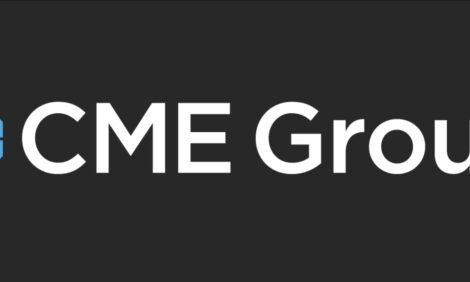



Market Preview: Consider Payout before Expansion
US - Where will the December breeding herd fall this year, asks Steve Meyer in this week's "Market Preview" featured in National Hog Farmer magazine.When will the breeding herd really start to grow? That is a frequent question among producers and allied industry representatives these days. It is the age-old question: how much prosperity can hog producers stand? History tells us that the industry has responded to good times with higher output, and has usually overshot the amount needed by consumers, resulting in losses. It's that hog cycle thing.
Though the hog cycle has certainly diminished in recent years, it does not appear to be dead, at least from a profit standpoint. Figure 1 shows estimated per-head profits for Iowa farrow-to-finish operations as computed by Iowa State University’s (ISU) Department of Economics. The pattern of two or three good years followed by two bad years is pretty obvious.

The downturns of 1998-99 and 2002-2003 were clearly caused by supply responses. Growth in 1998 exceeded 10 per cent from prior year levels. But the peak growth in 2002, which drove average losses to $17 per head, was only four to six per cent, depending on which quarter you look at. For the year, production was only 2.7 per cent higher than in 2001.
But 2008 and 2009 were critters of an entirely different nature, both from the past and each other. Output in 2008 was 6.4 per cent higher than in 2007, which was 4.2 per cent higher than in 2006. Those numbers, of course, were driven primarily by the advent of circovirus vaccines that pushed slaughter sharply higher in Q3 and Q4 of 2007, a pattern that continued in 2008. Note that producers made a small profit in 2007, in spite of that increase, as feed costs were quite manageable in the first half of the year. Higher output and, more importantly, much higher feed costs eliminated those profits in 2008, which turned out to be the first year of the worst two-year period in history for US pork producers.
Pork production fell in 2009 by 1.5 per cent, driven by two of the six largest year-on-year reductions in the US breeding herd on 1 December since 1990. The 2.7 per cent and 3.5 per cent reductions in the 1 December breeding herds of 2008 and 2009 were followed by a 1.2 per cent reduction last year. Where will the December herd fall this year?

Based on the 2002-to-2007 cycle, and the fact that the herd has been larger in each quarter this year, it is very likely that the 1 December herd will be larger, too. But larger does not imply big. Note that the 2005 increase was only 0.9 per cent and the largest increase of the cycle, in 2007, was only 1.4 per cent. Those are small numbers on a historical basis.
Still, they will be much larger numbers in the context of today's productivity rates. Put in one to two per cent more sows and add another two per cent for litter size growth and perhaps add a bit to average weights and you have pork production growth rates in the range that caused a lot of problems in 2007 and 2008. True, we are not facing the production cost paradigm shift that occurred in those years, but it will not take much growth to erase those projected 2011 profits of just over $7 per head based on futures prices on 17 October for hogs, corn and soybean meal.
With that said, producers should do what is in their best interest. Those of you who have managed your risk well have had a pretty good run the past couple of years – maybe longer. Your equity positions are solid and you may have some cash to use. Make sure you look at all of the possible uses of that cash and choose the one with the best long-term payout.
Are you still battling some nagging disease issues? Are you paying higher and higher rates for contract finishing barns? Is that old sow unit still in a very bad spot due to disease or neighbour issues? Are there so many ethanol plants around you that you are finding it difficult to find 'available' supplies of corn? Maybe there is a small system not too far away that can be added to your current operation.
There are profitable business decisions that do not involve new farrowing barns and new hogs. Expansion may still be where you end up, but consider the entire gamut of possibilities before you stick that shovel in the ground.









